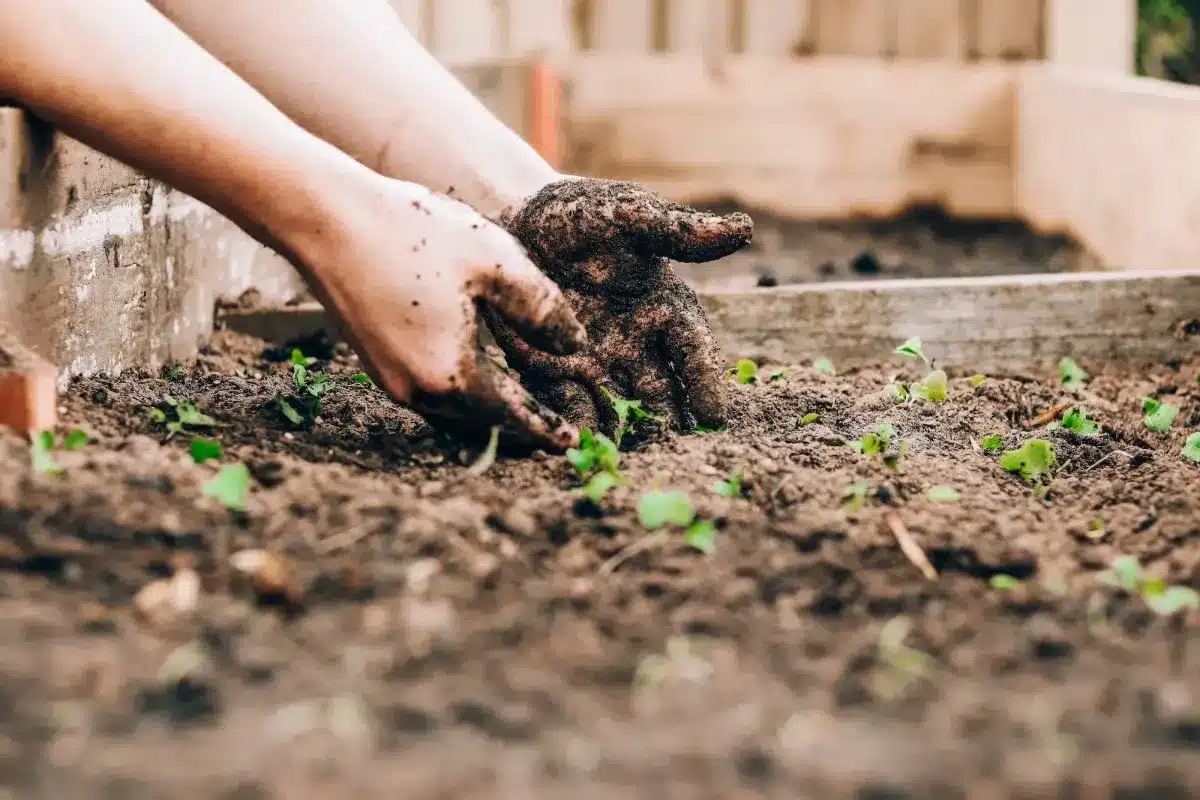As Earth’s resources dwindle and its population increases, we need to find a balance between feeding the planet and securing the food for future generations. This is where sustainable farming comes in.
What is sustainable farming?
Sustainable farming is the name for a loose set of agricultural practices that work together to:
- Limit the use of potentially harmful chemicals
- Employ biological and natural controls for pests and disease
- Conserve soil fertility
- Respect animal life
- Use non-renewable resources efficiently
- Enhance environmental quality and natural resources
- Enhance the quality of life of farming communities and society at large.
- Satisfy human food and clothing needs
- Take better advantage of on-farm resources
- Sustain the economic viability of farming
In essence, the goal of sustainable farming is to work with natural processes rather than against them.
Here’s how sustainable farming works
Sustainable farming is nothing new; its methods have been practised for millennia. One could even say that sustainable farming was the ‘original’ agriculture before the proliferation of ‘factory’ farming. Nowadays, however, sustainable farming practices are being modernised, refined and adapted to work at scale.
Sustainable farming uses natural processes to address issues such as:
Water management
Crop management
Soil fertility
Energy management
Waste management
Disease/pest management
Examples of sustainable farming in action
Conventional farming
Sustainable farming
Boosts soil fertility with chemical fertilisers.
Uses manure from on-farm animals.
Inoculates cows against bacterial infections with regular shots of antibiotics.
Allows the cows to graze in more sanitary conditions, avoiding infections altogether and encourages plant and animals to use their natural resistance rather than chemical solutions.
Employs monoculture that requires more and more chemical fertiliser to replenish lost nutrients.
Employs a broad crop diversity and careful rotation so that nutrients are replenished naturally.
Uses chemical pesticides.
Plants disease-resistant varieties of crops or uses companion plants to attract insects that ward off invasive pests.
The role of soil health in sustainable farming
One of the major applications of sustainable farming involves returning good health to the soil whilst simultaneously reducing input costs and reliance on inorganic fertilisers.
Think of a grassland in a nature reserve, for example: in the natural grassland environment, the soil is fed through the slow decomposition of organic matter such as dead plants, dead animals and droppings. It is also home to a wide diversity of plant life that has evolved natural resistance to common diseases and pests. This naturally-fertile soil is also rich in microbial life and insects that repel pests and help cycle nutrients back into the earth.
On a conventionally-run farm, this process is bypassed in favour of adding the recommended doses of nutrients such as nitrogen, phosphorus, potassium to the soil. It’s quick and it’s easy, but it’s a short-term solution. At regular intervals, the soil will need to be “replenished”, plied with more and more chemical substances which do not enrich it and whose costs increase substantially each year.
Sustainable farming practices, on the other hand, work hard to enrich the soil with each successive season. The net result of this type of agriculture is more nutrient-dense food, crops and livestock.
Zylem’s biological foliar and soil conditioners support sustainable agriculture, which is the foundation of “farming for our future”. Get in touch with one of our consultants to find out about our sustainable solutions.
Source:
https://science.howstuffworks.com/environmental/green-science/sustainable-agriculture4.htm

